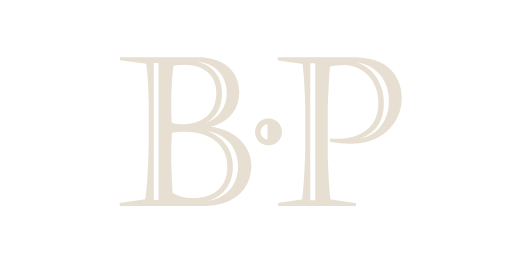
Wine Case Cards: How to Sell More Wine
June 24, 2021
Direct Mail Strategies for Wine Club Marketing
July 15, 2021
Wine Case Cards: How to Sell More Wine
June 24, 2021
Direct Mail Strategies for Wine Club Marketing
July 15, 2021
Patient brochures are one of the most important pieces of printed material in your office.
This applies to every practice regardless of the specialty. Physicians, Dentists, Surgeons, Therapists, etc. all have the same goal, which is to improve patient outcomes.
And as we all know the only way to do this is to educate the patient so that they can take the actions needed to achieve those positive outcomes.
The most critical factor to ensure more success related to your patient brochures is optimizing the full composition of the piece. Here we will address the most important components to getting results.
Brochure Language & Delivery
First, you need to use everyday language that everyone can understand.
Complex wording, jargon or medical terms aren’t going to give the patient motivation to read on. It can be exhausting for the reader and if they don’t know what something means you’ve instantly failed at any chance of them moving forward effectively.
Focus on what the patient needs to know only and exclude the “fluff”. By using short and concise sentences as well as bulleted lists you give the patient the ability to quickly read and understand the what, how and why that should be built into the copy of the brochure.
Brochure Images
Using imagery that is related to the brochure content and chosen to elicit an emotion that matches the intent of the brochure will provide the best results and outcomes.
For example, let’s say you have a brochure on aftercare for an arthritis treatment patient, imagery chosen could be of a fit, happy and “younger” looking, older person out walking in a beautiful outdoor landscape. This provides the patient with a vision of their positive outcome.
Brochure Layout
The layout is important because it brings the composition together.
You’ll want to balance the amount of text and images throughout the brochure so that there is a lot of space in between sections and so that the reader can move from section to section without distraction.
Big blocks of text that look like pages in a book are completely out of the question.
By breaking content into smaller chunks it makes balancing the brochure easier and gives greater flexibility to be more creative in how text is broken up and used in combination with the imagery.
Lastly you will need to present the information in an order that makes sense to the patient. Give them an empathetic statement that acknowledges their current status, followed by the outcome both you and the patient are seeking that is then quickly followed up by the steps needed to be taken to achieve that outcome.
Extra Tip: While brochures come in different sizes and different panel counts, note that the most unacknowledged space on a brochure is the “back”, so make sure all of the important content makes it to the front and middle of the patient brochure.
Now that you are armed with this information take the next step in optimizing your patient outcomes with new brochures for your office, hospital or facility!
Contact Us Now for More Information
Phone: (707) 927-1315
